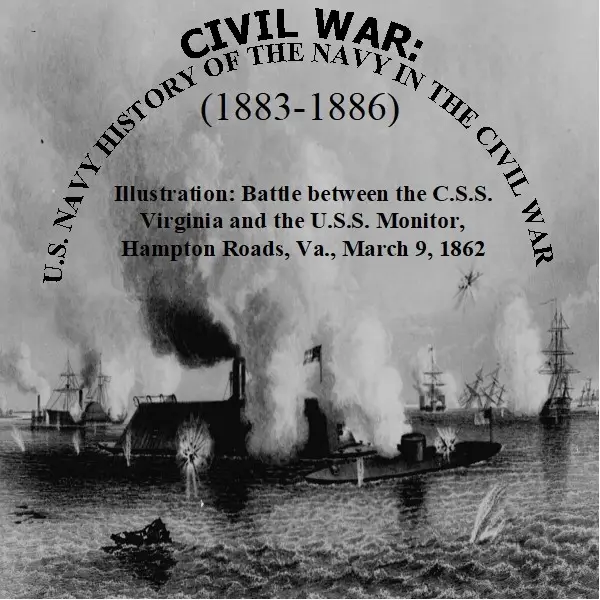
Description
US Navy in the Civil War
Timeline of Main Events
The provided text outlines the scope of a three-volume US Navy history of the Civil War, rather than detailing specific events and dates. Therefore, the timeline will consist of broad periods and locations covered within the volumes, with a focus on naval operations and strategic contexts:
- Pre-Civil War (Before 1861):
- The volumes begin by examining the condition of the U.S. Navy at the outset of the Civil War.
- They address the “peculiar difficulties” the Navy faced, and the initial strategies adopted by the Union.
- Early Civil War (1861-1862):
- Blockade Implementation: The establishment of naval blockade squadrons along the Atlantic, Chesapeake, and Gulf coasts.
- Commerce Raiding: The operations of Confederate commerce-destroyers and privateering activities.
- Atlantic Coast Operations: Naval battles and campaigns on the Atlantic coast from Cape Hatteras to Cape Florida, including actions in sounds, rivers, and harbors.
- Key Atlantic Operations: Specific battles and campaigns at Port Royal, Fort McAllister, and Charleston.
- Mid-Civil War (1862-1864):
- Gulf Coast Operations: Naval engagements along the Gulf coast.
- Mississippi River Operations: Campaigns and battles along the Mississippi River, particularly at Vicksburg and New Orleans.
- Late Civil War (1864-1865):
- Fort Fisher Operations: Detailed account of operations at Fort Fisher.
- Mobile Operations: Naval engagements around Mobile, Alabama.
- Red River Operations: Naval activity along the Red River.
Cast of Characters
This section lists the principal people mentioned in the context of the source, with a brief biographical note:
- Daniel Ammen:
- Role: Rear Admiral in the U.S. Navy.
- Bio: One of the authors of the three-volume “US Navy History of the Civil War.” He provides a historical perspective on the naval events of the Civil War.
- A. T. Mahan:
- Role: Commander in the U.S. Navy.
- Bio: Another author of the history. Mahan’s work, while not explicitly detailed in this excerpt, is likely focused on naval strategy and analysis, being a well-known naval strategist.
- James Russell Soley:
- Role: Professor in the U.S. Navy.
- Bio: The third author of the history. Soley likely brings an academic lens to the historical account, potentially with a focus on the more organizational and institutional aspects of the Navy during the Civil War.
- Maffitt:
- Role: Confederate Naval Officer (likely John Newland Maffitt, a noted Confederate blockade runner and commander).
- Bio: A blockade-runner whose narratives were used to describe Confederate operations.
- Roberts:
- Role: Confederate naval figure (likely a blockade runner or commander)
- Bio: Another source of narratives used to describe blockade-running operations.
- Wilkinson:
- Role: Confederate naval figure (likely John Wilkinson, a known Confederate blockade runner)
- Bio: A third source of narratives about blockade running used in the work.
Additional Notes
- Focus on Naval Operations: The source material primarily emphasizes naval operations, strategies, and the experiences of naval personnel, from blockades to inland river combat. It does not dwell on land battles or the political side of the war.
- Primary Sources: The authors draw heavily on primary sources like official reports and the accounts of participants to tell the story. The aim appears to be a detailed and thorough historical record, as much as is possible in the late 19th century.
- Controversies: The source mentions that the work touched on “animated controversy in the Navy” of the time of publication. Though the specifics of such controversies aren’t specified in the text, it is implied that the book seeks a frank discussion of the war.
- Union and Confederate Perspectives: The work attempts to include perspectives from both Union and Confederate sides, where possible, which is evident in the use of Confederate officers’ memoirs.
US Navy History of the Civil War
The U.S. Navy produced a comprehensive, three-part history of its involvement in the Civil War, spanning 864 pages.
These volumes were compiled by Rear Admiral Daniel Ammen, Commander A.T. Mahan, and Professor James Russell Soley, all of the U.S. Navy, and were released between 1883 and 1885.
The first volume, titled “The Blockade and the Cruisers,” examines the Navy’s role in the early stages of the conflict.
This initial part of the series details the naval circumstances at the war’s outset, with an emphasis on the blockading squadrons along the Atlantic, Chesapeake, and Gulf coasts. It also explores the actions of Confederate commerce raiders and privateers. The volume features an appendix with lists of ships and their outcomes, an index, and seven maps.
The preface explains that the book aims to cover the Navy’s overall state at the beginning of the war, the challenges it faced, and how it overcame them, in addition to the specific topics mentioned in the title. It also acknowledges the need to address current naval debates in order to learn from the war’s events. The authors primarily relied on firsthand accounts, both official and unofficial, for factual information, and they drew heavily from the writings of Maffitt, Roberts, and Wilkinson when describing blockade-runner operations.
The second volume is titled “The Atlantic Coast.” The second of three volumes focuses on the navy’s state at the start of the Civil War and details naval actions from Cape Hatteras to Cape Florida. These operations occurred in the sounds, rivers, and harbors of the Atlantic coast, with particular attention given to Port Royal, Fort McAllister, Charleston, and Fort Fisher. The appendix includes lists of participating ships, and the volume contains an index and nine maps.
The third of three volumes covers naval activities and battles along the Gulf Coast, the Mississippi River, and at locations such as Vicksburg, New Orleans, Mobile, and the Red River. The appendix provides lists of ships involved in specific battles. The volume is indexed and includes eight maps.
According to the preface, the accounts in these volumes are primarily based on official reports, and the author believes they are largely consistent with those reports. However, official reports can contain inaccuracies or omit important details that are known to the writer but not necessarily to the reader. To address these gaps, particularly in early Civil War reports, the author has sought information from surviving witnesses, primarily through letters. While a few individuals did not respond, forcing the author to rely on their own judgment, the vast majority of officers, both Union and Confederate, provided detailed answers.

Related products
-
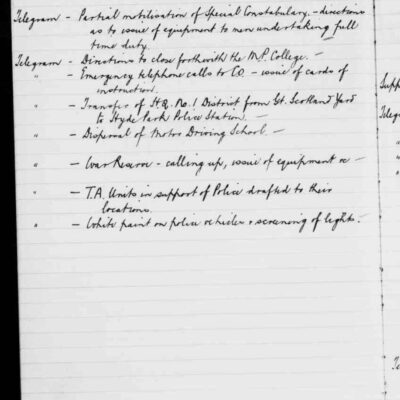
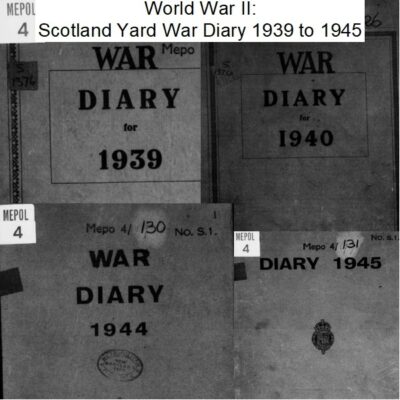
World War II: Scotland Yard War Diary from 1939 to 1945
$3.94 Add to Cart -
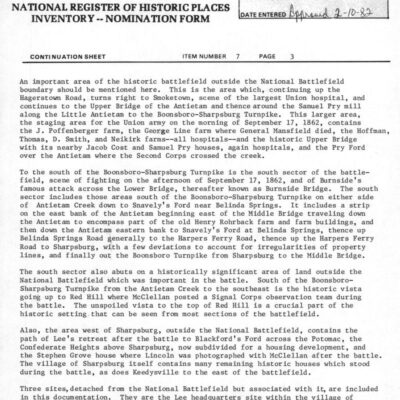
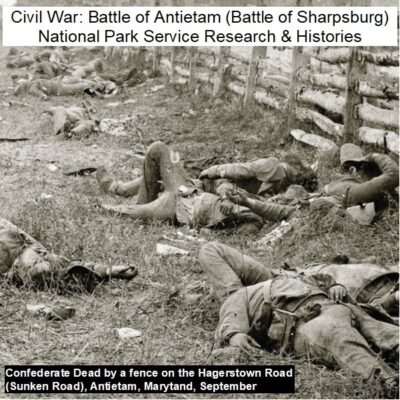
Civil War: Battle of Antietam (Sharpsburg) – National Park Service Archives
$9.99 Add to Cart -
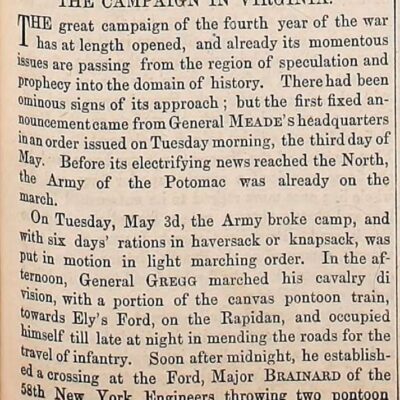
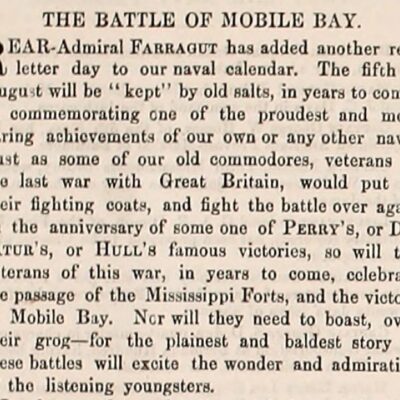
Civil War: Army Navy Journal & Gazette Volume 1 (1863 – 1864)
$19.50 Add to Cart -
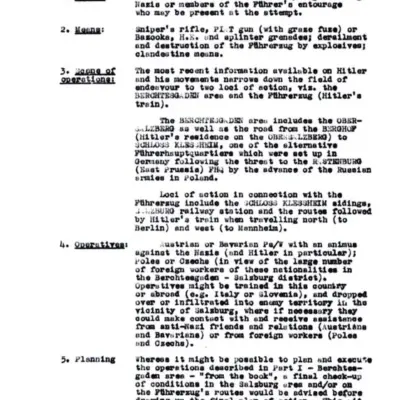
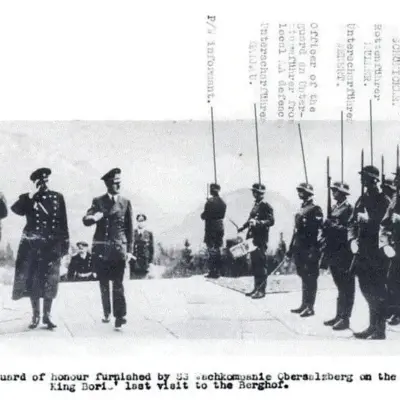
World War II: Adolf Hitler and Operation Foxley – British Assassination Plot
$19.50 Add to Cart